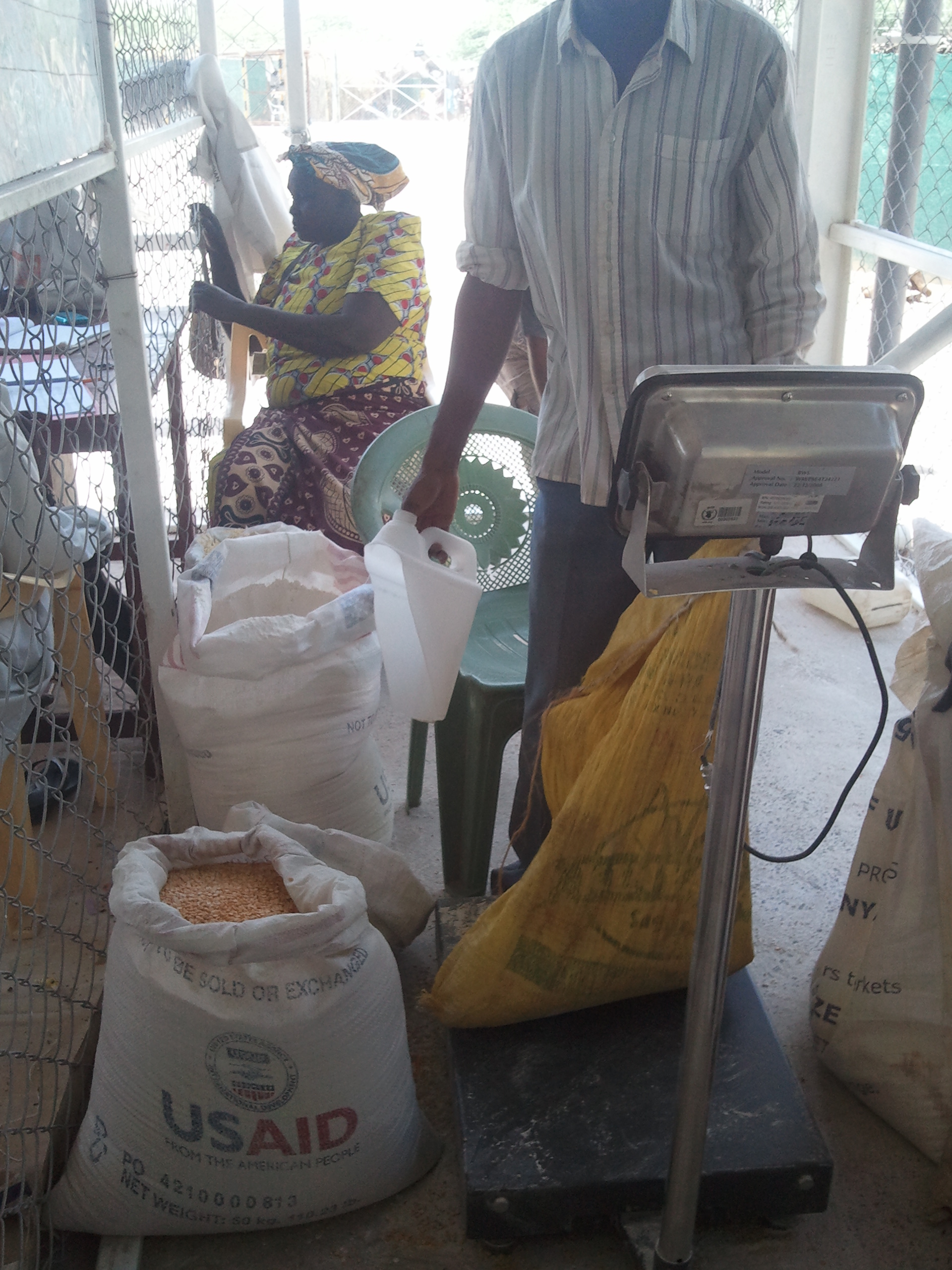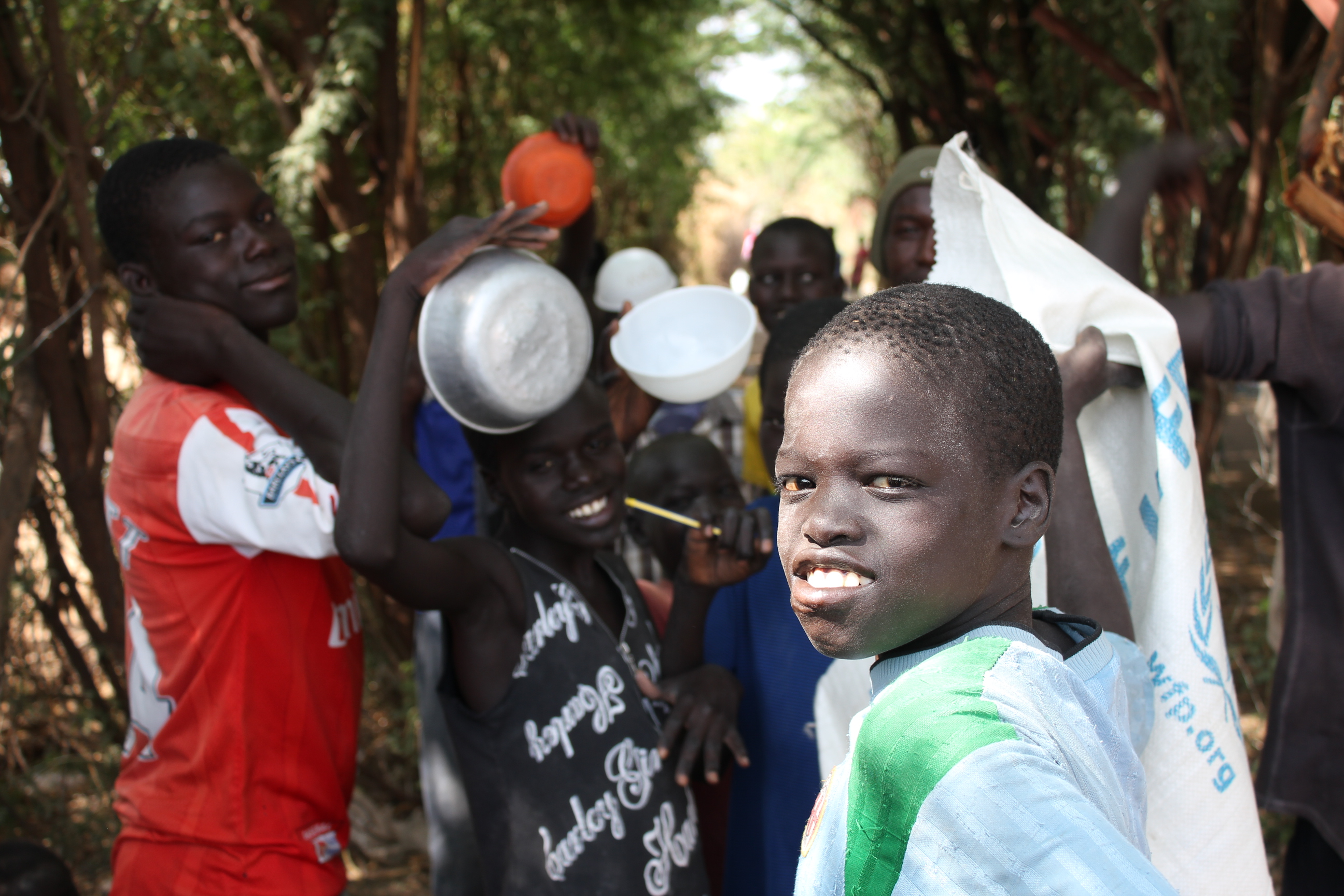World Food Programme to cut food rations for Kenyan refugees by half, affecting over 500,000 camp residents.
Kenya hosts a huge refugee population warehoused in complexes at Dadaab, with a population of 350,000, and Kakuma with the influx of South Sudanese stepping up the number to 200,000.
Refugees in Kakuma are provided with food rations by the World Food Program (WFP). They have been accustomed to distribution of rations every 15 days. However, over the past few months, there have been delays and extension of days to the 17 or 18th days from the actual cycle. Each month, WFP distributes 9,700 metric tons of food for some 500,000 refugees in Kenya, at a cost of almost US$10 million. The refugees are provided with a food ration of cereals, pulse, vegetable oil, a nutrient-rich maize-soya blend and salt, providing 2,100 kilocalories per person per day, the recommended emergency ration.

In mid-November WFP announced a cut in rations. “As a result of insufficient funding, the WFP has been forced to reduce food rations for over half a million refugees living in the Dadaab and Kakuma camps by 50 percent,” Challiss McDonough, WFP’s regional spokeswoman, was quoted in a press release.
According to WFP, they are struggling to raise Ksh 3.4 billion ($38 million) to cover the refugee operation for the next six months. This includes Ksh 1.4 billion ($15.5 million) urgently required to address food needs through January 2015.
From Saturday 15th November rations were cut by 50 percent, to 1,050 kilocalories per day. Kanere learnt that the distribution of half-rations will continue until the end of January 2015, when a shipment of food assistance donated by the United States of America, sufficient for six weeks’ food requirement is expected to arrive in Kenya.
The camp structures foster a life which is full of dependence. It’s not easy for the camp residents to cultivate because the desert soil is ill suited for cultivation, neither are they allowed to rear animals.

Refugees in the camps were negatively affected by the cut threatening their livelihood. “As camp refugees we are entirely depending on the rations for survival, now that it’s cut, then refugees are at risk of starvation,” a refugee camp leader says.
Other negative effects that the shortage of food will lead to include increased thefts or insecurity in search of food, and malnutrition.
The most vulnerable members of the refugee community who will be most affected are children below the age of five, expectant mothers, breastfeeding mothers and the elderly.
